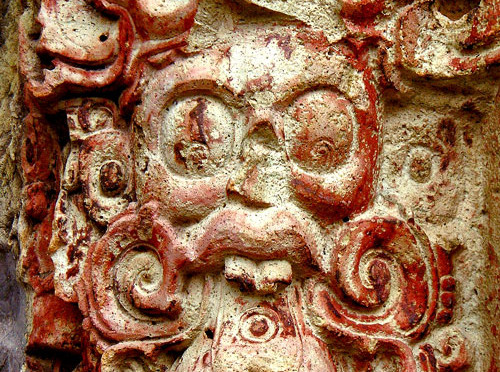
The Stelae of Copán – An Evolution of Art & Religion
Copán is renowned for its incredible carved stone artwork, which represents the apogee of this monumental Mayan art – and it is worth visiting Copan for this alone!

Copán is renowned for its incredible carved stone artwork, which represents the apogee of this monumental Mayan art – and it is worth visiting Copan for this alone!
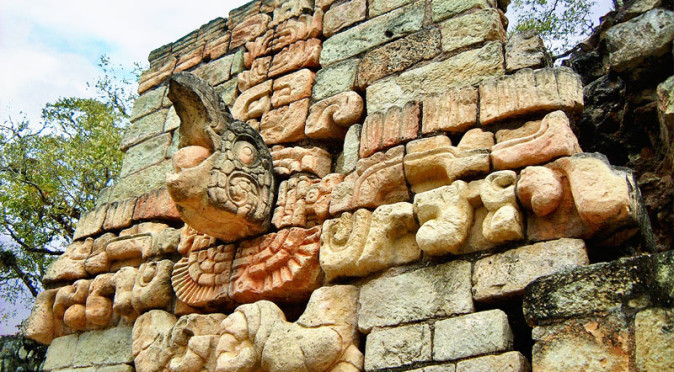
Although fundamentally Copan was a Mayan City that controlled trade on the southern frontier of Mesoamerica, the majority of its history is both mysterious and very intriguing…
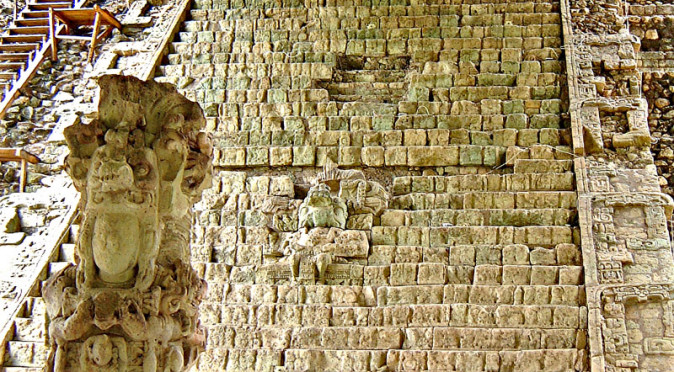
The Hieroglyphic Stairway includes over 2200 Maya glyphs. Unfortunately it was reconstructed in the wrong order, however decipherment has revealed a interesting new history…
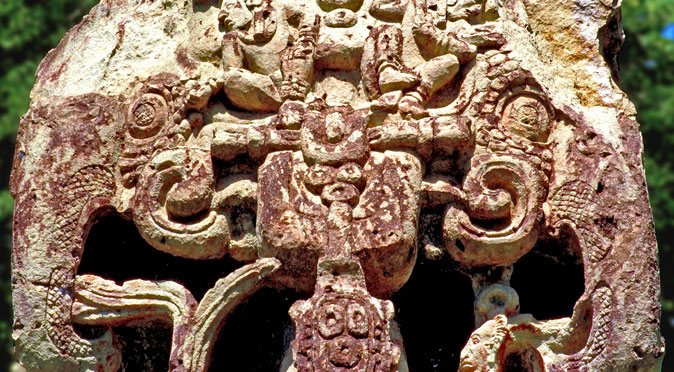
The Elephants of Copan are a hotly debated topic. Do they really prove there was contact with Asia at least 800 years before Columbus’ “discovery”…?
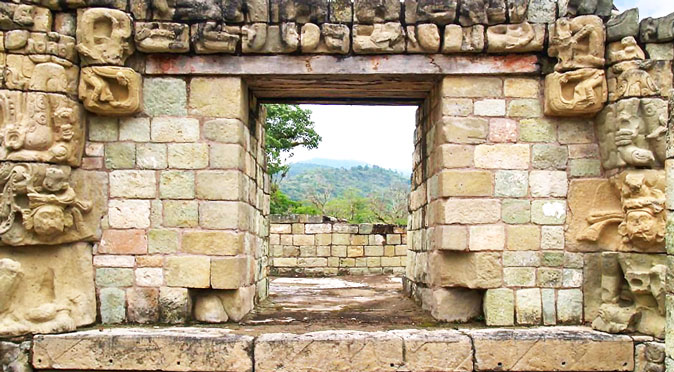
Temple 22 is in a badly ruined state following its collapse into its own vaults. However, the magnificent Sky-Arch surrounding the inner doorway still echoes its grandeur and gives us an inkling of the Temple’s purpose.
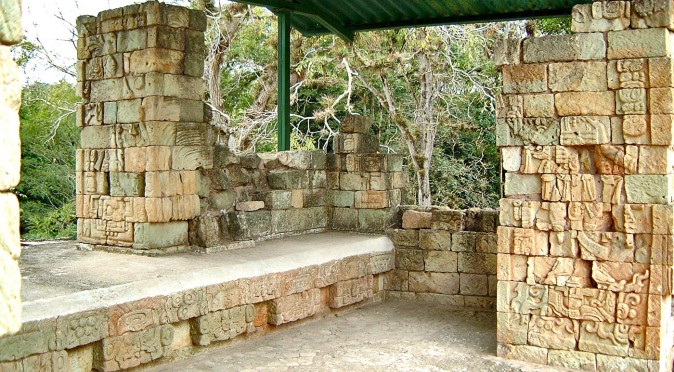
Built as the burial temple for Copan’s mysterious last ruler, Yax Pasaj Chan Yopaat, Structure 10L-18 tells us a lot about this unwanted outsider…
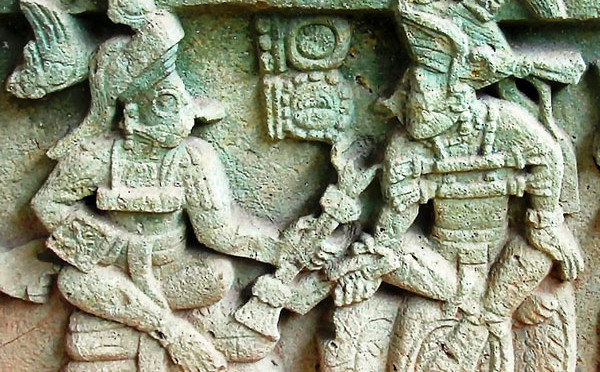
Altar Q unlocked the history of Copán when it was deciphered. The altar depicts 16 rulers of the Dynastic line and gives the date of accession…
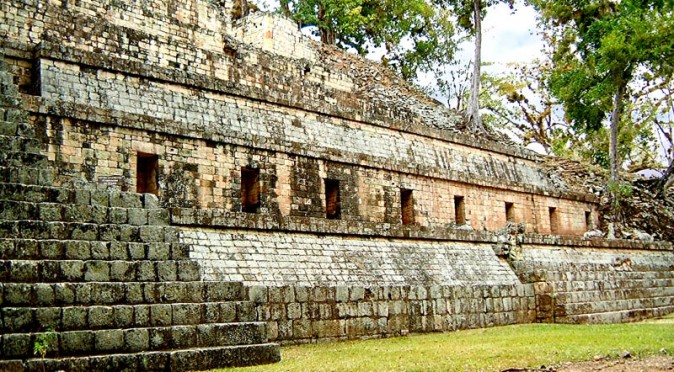
Templo 11 is one of Copan’s most enigmatic buildings, covered in strange inscriptions and carved stone effigies that suggest it was built to access the “other” realms…
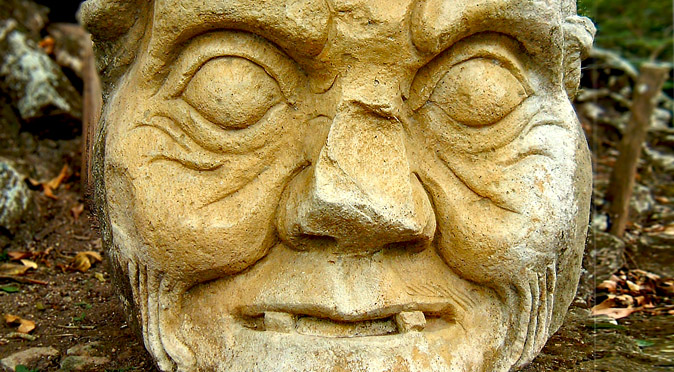
Often called the Old Man of Copan, these iconic heads are actually of Pauahtun, whose role is not fully understood and neither is the function of these old heads…
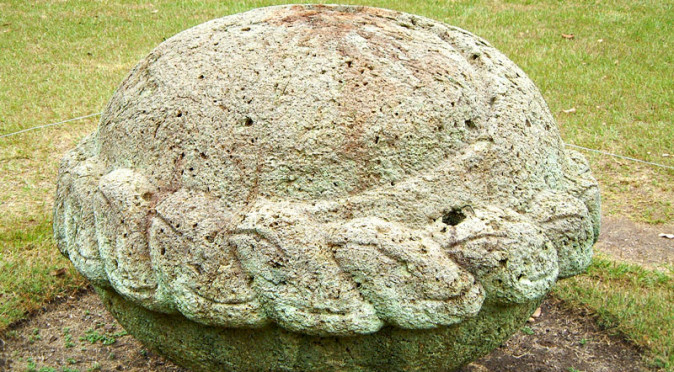
The mysterious Altar to Stela A was recorded as early 1839, when it caught Frederick Catherwood’s attention, and has been an enigma for many reasons ever since…
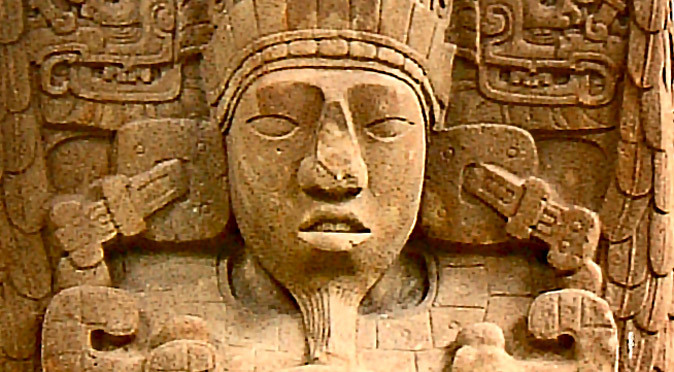
Quirigua’s most prestigious ruler’s image can be seen on the majority of the amazing monuments found at the site and there’s something curiously Egyptian about him…
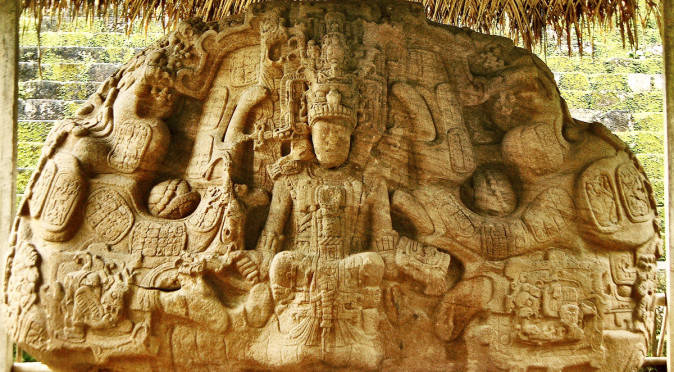
Weighing as much as 20 tuns and encoded with mystery, the zoomorphs of Quirigua are amongst the most profound and amazing pieces of art ever produced by the Maya.
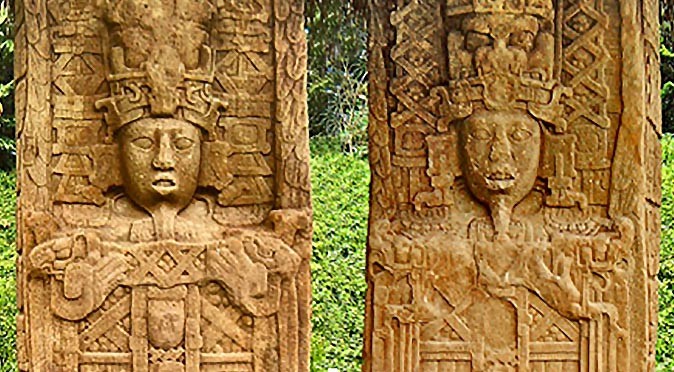
Stela C features a very important text describing the founding of the universe in 3114BC. In it, three stones are placed to create a new home for mankind…
The stelae at Quirigua are an outstanding example of Mayan art and include Stela E which is the largest monolithic monument ever erected in Mesoamerica.
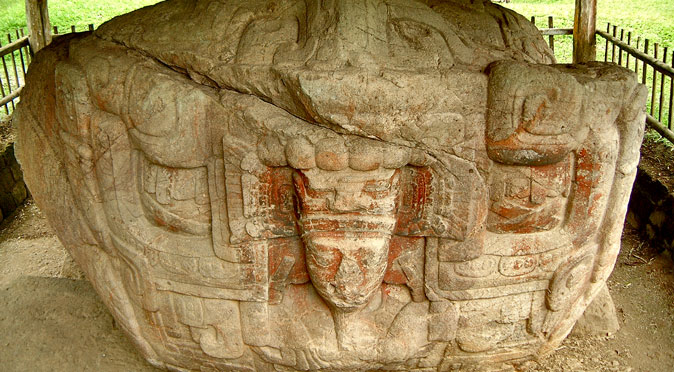
For much of its history, Quirigua was little more than a trading outpost, designed to control trade along the Motagua River, but then Cauac Sky came to power…
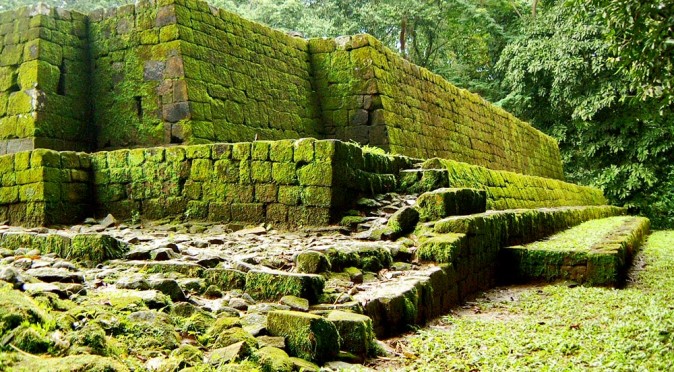
The Acropolis at Quirigua may be small, but it lies at the heart of Quirigua’s development from a small trading outpost to a powerful independent city that ended up living in fear…
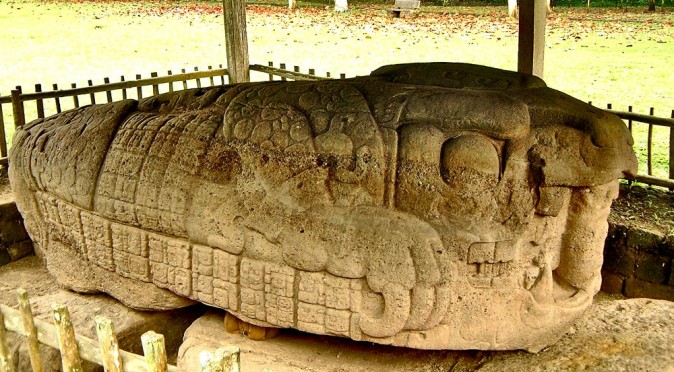
The beastly Zoomorph G (Monument 7) is dedicated to Quiriguá’s greatest ruler, Cauac Sky (K’ak’ Tiliw Chan Yopaat) who reigned for over 60 years…
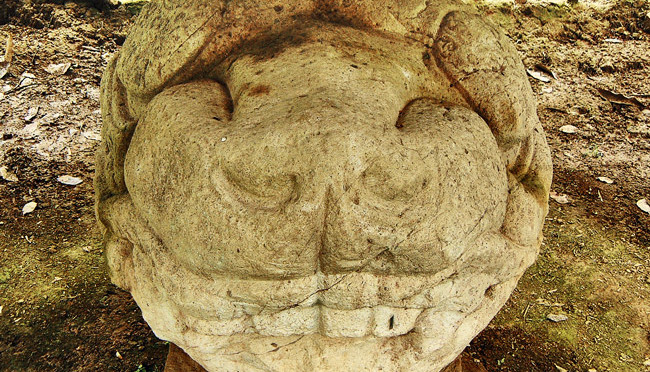
Feline-faced Monument 13, also known as Altar M, curiously marks the beginning of Quiriguá’s battle for independence thanks to the inclusion of a brand new emblem…